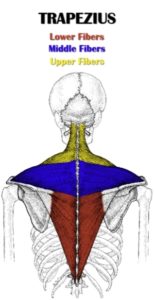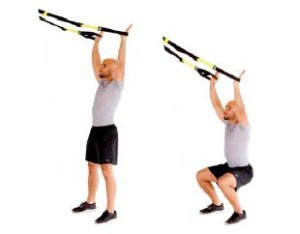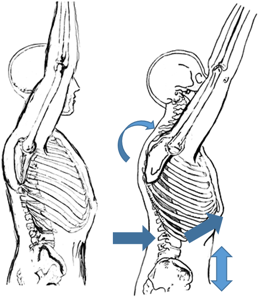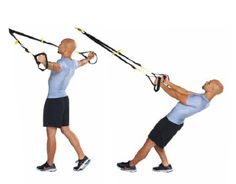In our day to day life, everything is done in front of us and pulling us forward instead of backward. When we go to work, lift weights and especially when we get tired, we get stuck in a forward and internally rotated position with our shoulders. 
If you are trying to lift a heavier weight in front of your body in a poor position, you are putting a ton of pressure on your shoulders, on top of that now internally rotate your shoulders and you in turn entirely shut off your scapula stabilizers. I am referring to your global stabilizers that support bigger movements and are forgotten about a lot of the time including your Middle and Lower portion’s of your Trapezius and Serratus Anterior. 
When your pec major and/or pec minor is overworking as a result of poor posture and improper loading of the shoulder over time, these muscles are going to work their hardest to create strength and stability when you unload power in front of your body.
What about elevation and depression?
The Upper trapezius and Levator Scapulae are primarily responsible for bringing your shoulders to your ears. If you are guilty of sitting all day and slowly letting your shoulders rise up to your ears and recruiting from these fibers when lifting or pressing overhead, you need to remember to bring your shoulders back down to earth too by incorporating exercises that target your middle trapezius, lower trapezius and serratus anterior. If you refer to the size of the trapezius and how it is proportioned, you can see that you are primarily missing a lot of the muscle if you only consider doing shoulder shrugs and nothing to strengthen the mid and lower portions.
So what exercises can you do to strengthen your middle and lower trapezius?
Any exercise that incorporates retraction of the scapula from a T position as shown below. Which can be done with a suspension training system, cables, dumbbells on an exercise ball. You name it…..
Middle Trapezius is primarily responsible for retraction.
Lower Trapezius: Responsible for upward rotation of the scapula and stabilizes you in an overhead position
Serratus Anterior: Holds the scapula against the chest wall, preventing the scapula from pulling away from the spine.
The following exercise is known as wall slides. You will take a small looped resistance band and slowly slide your hands up the wall while maintaining resistance.
Use these three exercises if you are having trouble with overhead positioning and or if you are hitting the bench to much.
If you have any questions feel free to shoot me an email at christina@locomotiontherapy.com



